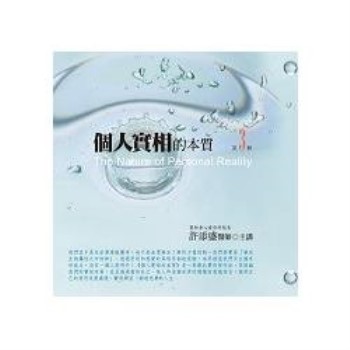Dynamic capabilities describe the firms’ capacity to adapt their resources with regard to external shifts in order to maintain or to even enlarge competitive advantage. In this essay the author pursues three research objectives regarding dynamic capabilities. First, based on a literature review the author states that no appropriate dynamic capability concept exists that enables an empirical investigation of dynamic capabilities across industries, however, argues that such an investigation is possible, and outlines a first step to do so. The second research objective is focused on the value of dynamic capabilities. Using real option knowledge the author is able to outline a simple mathematical model. The results show that the value of a firm is not only given by the expected value, generated by the firm’s resources in place, but also by the firm’s options to react to environmental changes. Besides other externally given factors - like market development - the application of dynamic capabilities in terms of time has consequences on the expected firm value. The third research objective deals with the basic challenge of ambidextrous firms to achieve an optimal balance of exploitative and explorative activities with regard to market developments. Again, using real option knowledge the author is able to demonstrate that there exist defined points in time until when to maintain, stress, taper off and finally stop exploitative and explorative activities. A further development of the model even enables the prediction of the value maximizing points in time.
| FindBook |
有 1 項符合
Dynamic Capabilities: Literature Review and a First Step to Operationalize Dynamic Capabilities, Value Implications of Dynamic Capabilities的圖書 |
 |
Dynamic Capabilities: Literature Review and a First Step to Operationalize Dynamic Capabilities, Value Implications of Dynamic Capabilities 作者:Althaus 出版社:Cuvillier 出版日期:2012-07-10 語言:英文 規格:平裝 / 192頁 / 21.01 x 14.81 x 1.04 cm / 普通級/ 初版 |
| 圖書館借閱 |
| 國家圖書館 | 全國圖書書目資訊網 | 國立公共資訊圖書館 | 電子書服務平台 | MetaCat 跨館整合查詢 |
| 臺北市立圖書館 | 新北市立圖書館 | 基隆市公共圖書館 | 桃園市立圖書館 | 新竹縣公共圖書館 |
| 苗栗縣立圖書館 | 臺中市立圖書館 | 彰化縣公共圖書館 | 南投縣文化局 | 雲林縣公共圖書館 |
| 嘉義縣圖書館 | 臺南市立圖書館 | 高雄市立圖書館 | 屏東縣公共圖書館 | 宜蘭縣公共圖書館 |
| 花蓮縣文化局 | 臺東縣文化處 |
|
|
圖書介紹 - 資料來源:博客來 評分:
圖書名稱:Dynamic Capabilities: Literature Review and a First Step to Operationalize Dynamic Capabilities, Value Implications of Dynamic Capabilities
|










